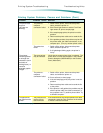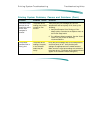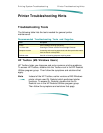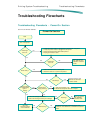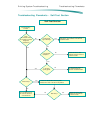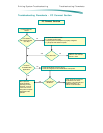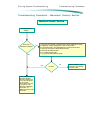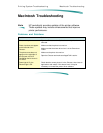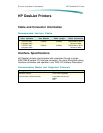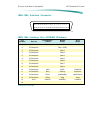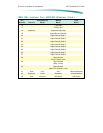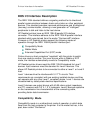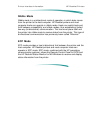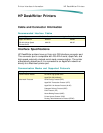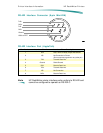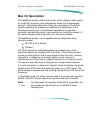
P r i n t e r I n t e r f a c e I n f o r m a t i o n H P D e s k J e t P r i n t e r s
DOS I/O Interface Description
The IEEE-1284 standard defines a signaling method for bi-directional
parallel communications between hosts and printers or other peripheral
devices. This standard provides improved performance and bi-directional
(two-way) communication, allowing a new generation of "intelligent"
peripherals to talk and listen to the host device.
HP DeskJet printers have an IEEE 1284-B parallel I/O interface
connector. This interface adheres to the IEEE 1284-B parallel interface
standard which was derived from the earlier "Centronics®" interface.
Firmware in HP DeskJet printers support the following modes of
operation through the IEEE 1284-B parallel interface port:
Compatibility Mode
Nibble Mode
Extended Capabilities Port (ECP) mode
Printer drivers on host computers "negotiate" with the printer to switch
from one mode to another. If an error occurs while in Nibble or ECP
mode, the interface automatically reverts to Compatibility mode.
HP DeskJet printer drivers meet the IEEE 1284-B standard for Level 1
devices. Input receivers meet the standard for Level 2 devices. This
allows HP DeskJet printers to be connected to either a Level 1 or Level 2
host.
Level 1 devices drive the interface with 5 V TTL circuits. Their
requirements are consistent with pre-existing installed devices and they
can operate with any other Level 1 compliant device. Level 1 devices are
characterized by steady-state electrical specifications.
Level 2 devices use output drivers with 45-55 ohms output impedance
and TTL receivers with 0.2 V- 1.2 V hysteresis. Level 2 devices capitalize
on the transmission-line characteristics of the connecting cable,
providing faster data transmission.
Compatibility Mode
Compatibility mode is a unidirectional mode of operation in which data
flows from the host computer to the printer. It is the mode that has, in the
past, been called “Centronics.”



